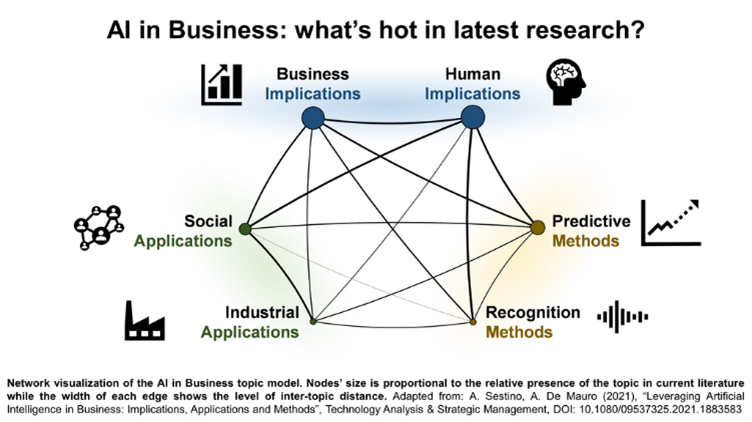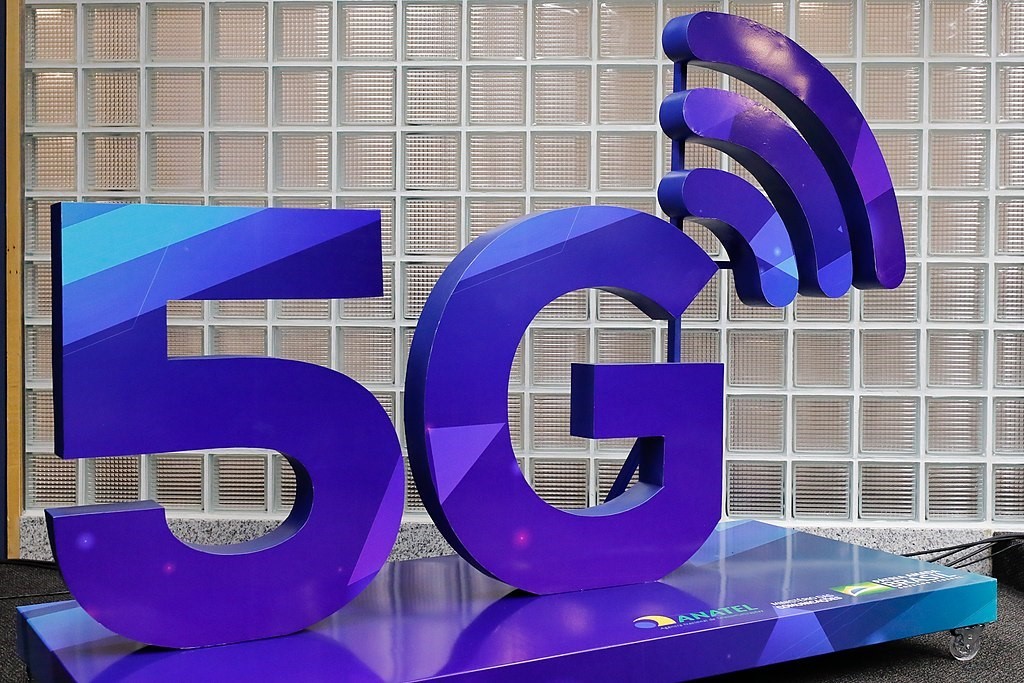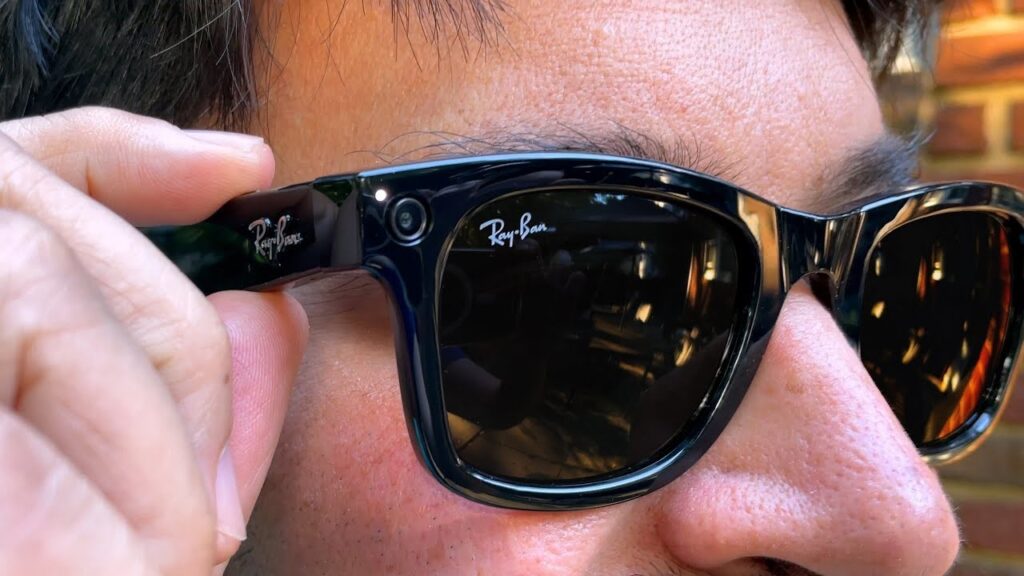
If you’re reading this at the tail end of 2024 then you have a lot to look forward to in the world of technology! If you’re reading this in 2025, it’s possible you’ve already seen some of this tech evolving and growing and becoming a bigger part of your life. There are some exciting trends coming to the worlds of AR, VR, and AI in the coming year and each one is lifting the others up. AI is increasingly being used to enhance and grow both AR and VR and their use is inching into our everyday lives as time goes on.
Let’s take a look at the trends we can look forward to in 2025 and guess where this new tech might take us as we march ever deeper into a future where XR and AI support and create each other to become ever larger parts of our lives. You might be surprised at how ubiquitous these technologies are slated to become, and the market is estimated to reach an astounding $520,000,000,000 growth in the next ten years! That’s huge and you get to be a part of it as it moves out of its infancy!
A word on XR

Let’s start out with some definitions. We’re going to be using a relatively new one known as XR. Extended Reality (XR) is an umbrella term encompassing all immersive technologies that blend the physical and digital worlds. It includes Virtual Reality (VR), Augmented Reality (AR), and Mixed Reality (MR), each offering unique ways to experience and interact with digital content.
VR creates entirely immersive environments, replacing the real world with digital simulations. Using headsets like the Oculus Quest, users can explore virtual spaces for gaming, training, or education, disconnecting from their physical surroundings. AR overlays digital elements onto the real world through devices like smartphones or AR glasses. Applications range from enhancing gaming experiences, such as Pokémon GO, to practical uses like real-time navigation or medical visualization. MR combines AR and VR, allowing digital and physical elements to interact seamlessly. Devices like Microsoft’s HoloLens enable users to manipulate 3D holograms while maintaining awareness of their environment.
These are the technologies we’re going to be talking about and, if you lose track, simply reference the above. In fact, this will probably be a good reference to have on hand throughout the year as these terms become more frequent guests in your lexicon.
AI is Powering XR

Now we have to start things off with a look at AI. This is a technology that was a fever dream of science fiction writers just a few years ago and now you have to question everything you see on social media, because it might just be created by it. There are entire social media accounts run by it with other social media accounts created to interact with them. To say that it’s part of our everyday lives is an understatement and it’s being used to power the XR that’s going to grow in 2025.
Artificial intelligence is used to enhance extended reality by optimizing data processing in real-time and making more realistic interactions possible in the XR world. It uses natural language processing, object recognition, and personalized content delivery to make XR feel more realistic and give you a more immersive experience every time you use it. Whether you’re using AR to walk through a grocery store or using VR to visit far away locations, artificial intelligence is right there with you, streamlining your experience. It’s also using your data to give you the information that best matches your needs and this usage will certainly grow with time.
Digital Avatars

Then we get into the realm of digital avatars and these things are quickly growing in popularity among both businesses and consumers. They’re a way for companies to interact with the people who buy their goods and services and it’s becoming the preferred way to talk to each other. You’ll see the most common use of this technology in customer service. Whenever you have a problem and have to contact a company, you’re most likely to interact with a chatbot. That’s a digital avatar of the company and there are more of them every day.
In fact, 47% of customers now prefer to deal with chatbots over real people, email, or phone calls. That’s because a chatbot is available 24 hours a day and 7 days a week and you don’t have to deal with the inherent language barrier of talking to someone on the other side of the planet when you need help outside of business hours. You’re also jumping right over the need to call someone and talk directly and that’s something the majority of modern-day people dislike. Once again, this is a technology that will only grow in usage.
5G and Low Latency

Keep in mind that none of this would be possible without the advent of 5G and low latency internet connections. With high speed data, it’s possible to push these technologies beyond their limits and it can be safely assumed that these connections will get faster in the future. For the upcoming year, 5G is allowing real-time interactions that would have been impossible in the recent past. The lower the latency, the better your interactions will become and that applies to almost all of the XR tech that you’ll be using throughout 2025 and beyond.
This high speed connection allows virtual assistants to assist anyone and look up solutions to problems in a matter of seconds. It also allows companies to carry out product demonstrations and showcase services in real-time. Just imagine using AR to interact with coworkers and getting real-time conversations going while you show them presentations. It doesn’t matter if you work from home or the office. As long as you have a fast internet connection, all this technology will be available to you and you won’t have to deal with poor connectivity, low latency, or anything else that makes this interaction a chore.
Cross-Platform with Web AR

Web AR is an emerging technology that lets you utilize augmented reality right from your browser with no need for a dedicated application. A good example of this is when you’re shopping online, and the platform has an option to see the product in your home. In past years, you would have needed a separate app to make this happen, but now it’s as easy to clicking on a button and having a camera or image of the space. Companies also had to have separate apps for each platform, like Android and iOS, but 2025 is going to see that as an increasingly distant past.
For AR experiences, cross-platform tools like Unity’s AR Foundation or Vuforia make it easier to build applications compatible with various devices. Combining WebAR with cross-platform development enhances accessibility and scalability. For example, businesses can create AR marketing campaigns that work across devices and platforms, expanding their reach. As both WebAR and cross-platform tools evolve, they are paving the way for a future of more inclusive, immersive, and innovative digital experiences. That means you can look forward to a year of fewer dedicated apps and less time searching for your products in platform specific stores.
Wearable XR

It should come as no surprise that wearable XR devices are going to be all the rage heading into 2025. Everything from VR headsets to AR glasses are becoming larger parts of the market and you don’t have to go far to find them. You can head into any Walmart in your area and see a display of AR glasses, just waiting for you to pick up and take to the register. VR headsets are getting better all the time and companies are creating lighter-weight versions regularly. There’s also a growing VR gaming sector.
Meta Orion is on the horizon and will have a level of precision that’s so far unseen in the world of wearable tech. It will also integrate with other devices, like the upcoming Ray-Ban Stories for a 2025 that will give you constant access to information around the world. If you want to know what the next year will look like, just imagine seeing the world through a pair of AR glasses and that’s a pretty good representation of 2025. No matter what your new years resolution happens to be, including AI and XR will be something you can easily achieve.
